Immunology/Inflammation
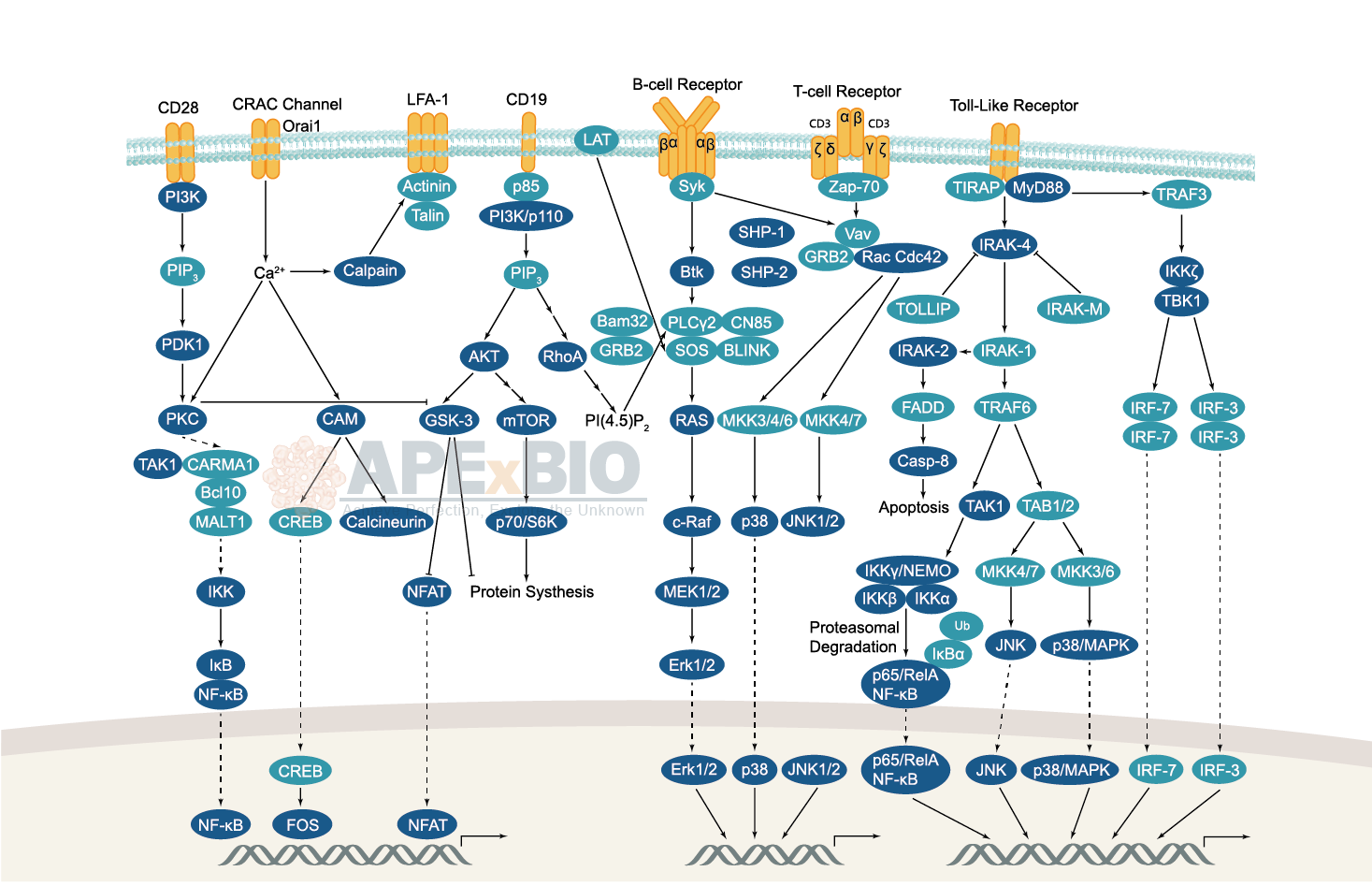
The adaptive immune system consists of B and T lymphocytes which mediate humoral immunity (e.g. antibody response) and cell-mediated immunity, respectively. B cell receptor and T cell receptor signaling is responsible for activation of Src family tyrosine kinases, such as Blk, Fyn, and Lyn in B cells and Fyn and Lck in T cells, resulting phosphorylation of the receptor-associated ITAM motifs. Phosphorylated ITAMs serve as the docking sites for Syk family tyrosine kinases, e.g. Syk in B cells and Zap-70 in T cells. Activated Syk kinases then propagate the signals via phosphorylation of downstream proteins. Furthermore, lymphocyte receptor signaling facilitates B and T cell development, differentiation, proliferation and survival.
-
 A3308 Choline FenofibrateSummary: Choline salt of fenofibric acid
A3308 Choline FenofibrateSummary: Choline salt of fenofibric acid -
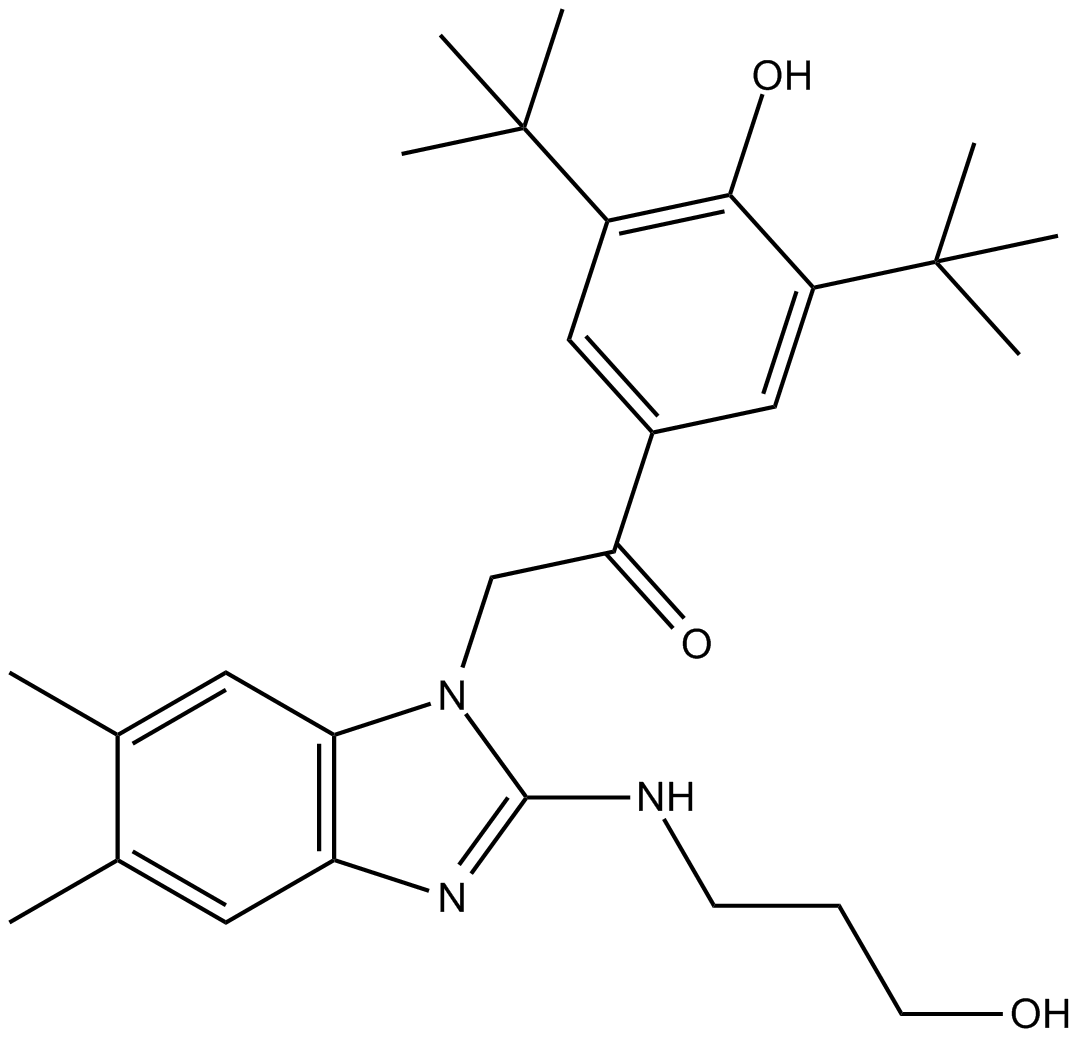 A3311 CID-2858522Summary: NF-κB pathway inhibitor
A3311 CID-2858522Summary: NF-κB pathway inhibitor -
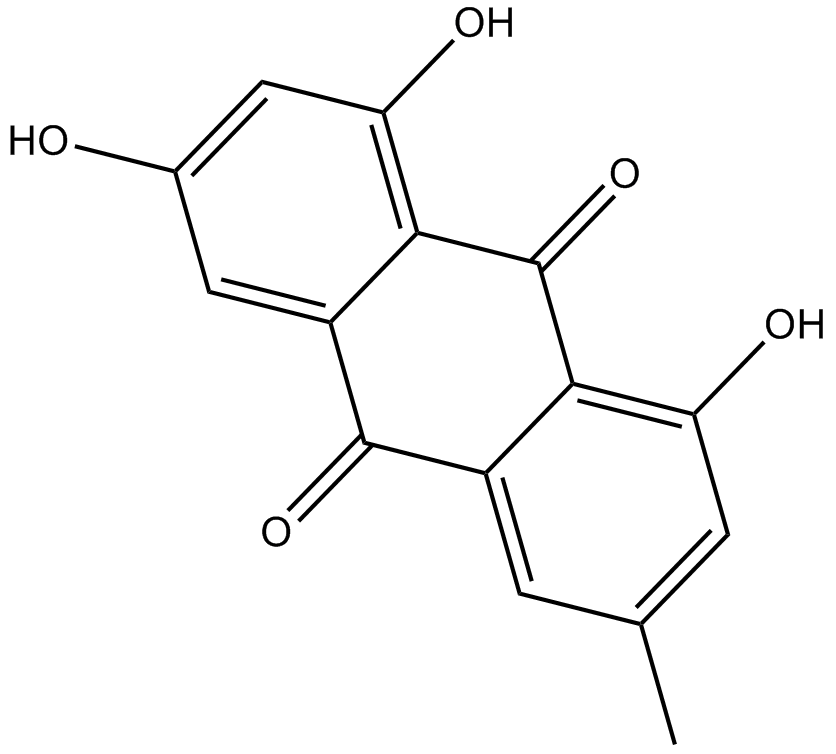 A3392 EmodinTarget: CK2Summary: Naturally occurring anthraquinone,antiproliferative
A3392 EmodinTarget: CK2Summary: Naturally occurring anthraquinone,antiproliferative -
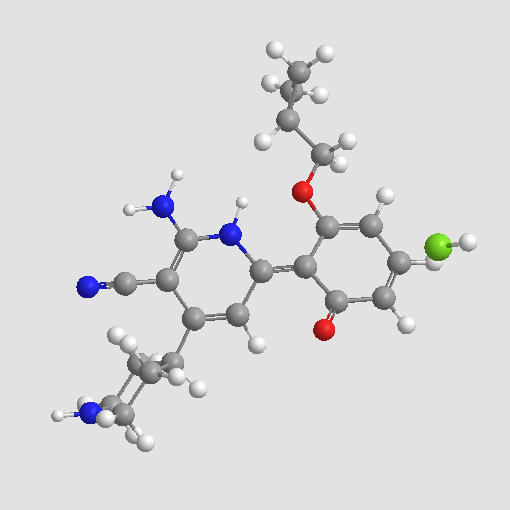 A3485 IKK-2 inhibitor VIII2 CitationSummary: IKK-2 inhibitor,potent and selective
A3485 IKK-2 inhibitor VIII2 CitationSummary: IKK-2 inhibitor,potent and selective -
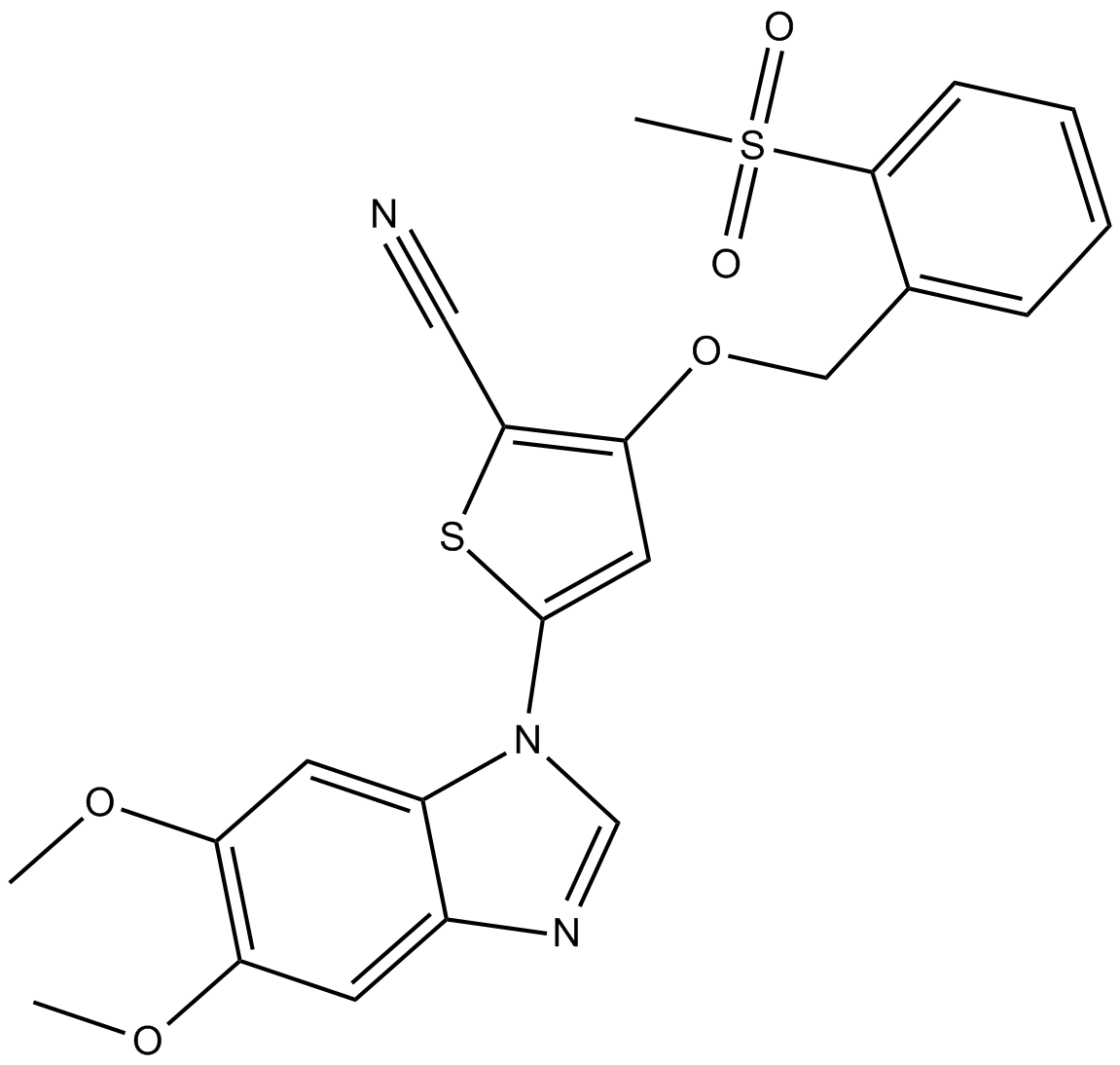 A3486 IKK-3 InhibitorSummary: IKK-3 Inhibitor
A3486 IKK-3 InhibitorSummary: IKK-3 Inhibitor -
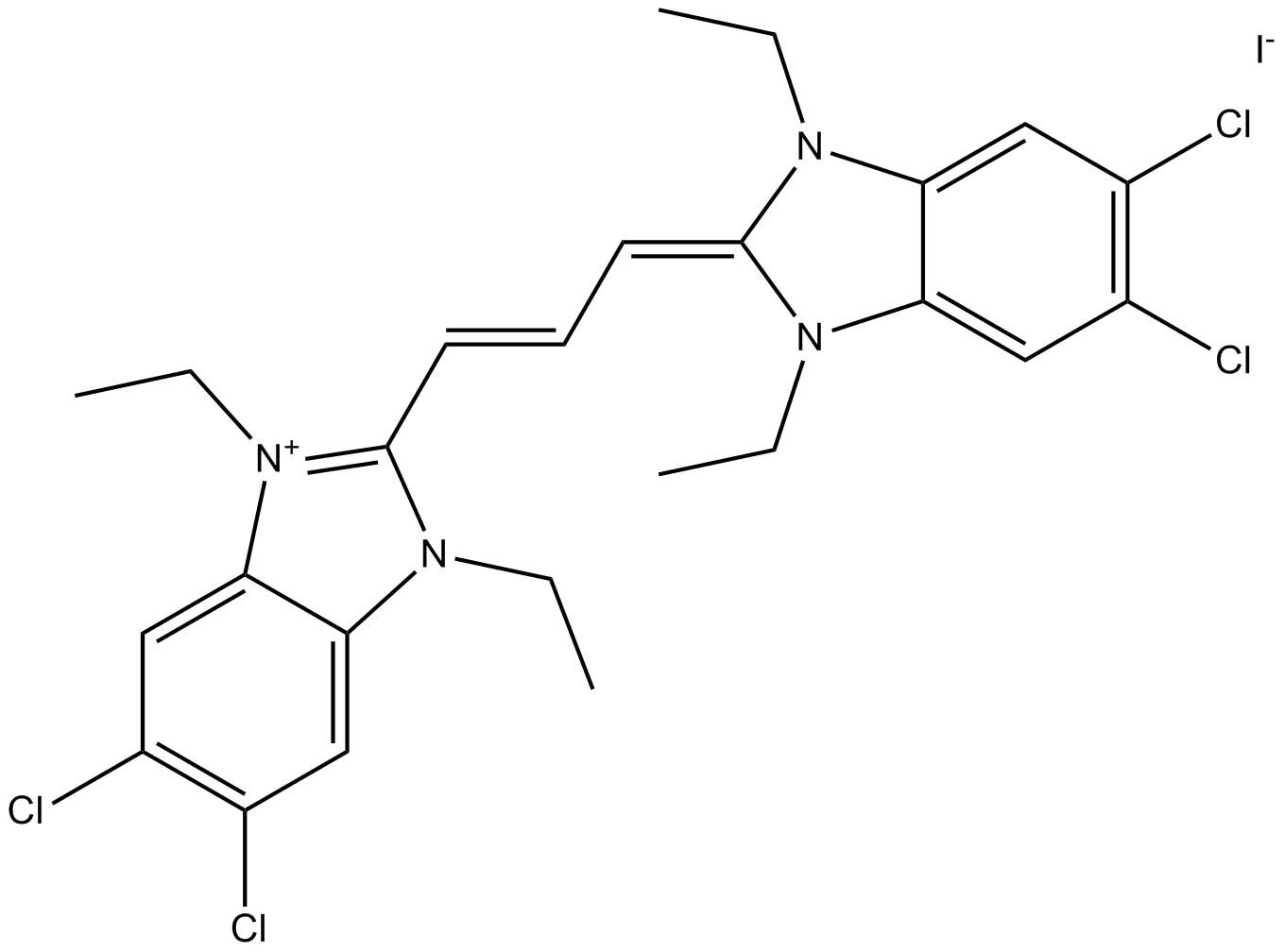 A3516 JC-1Summary: Probe for Mitochondrial Membrane Potential
A3516 JC-1Summary: Probe for Mitochondrial Membrane Potential -
 A3628 MLN120BSummary: IκB Kinase β Inhibitor
A3628 MLN120BSummary: IκB Kinase β Inhibitor -
 A3635 MRT67307 HClTarget: TBK1|MARK1|NUAK1Summary: SIK/TBK-1/IKKe inhibitor
A3635 MRT67307 HClTarget: TBK1|MARK1|NUAK1Summary: SIK/TBK-1/IKKe inhibitor -
 A3850 TAK-24237 CitationTarget: Toll-like receptors (TLRs)|NO Donors / Precursors|IL ReceptorsSummary: TLR4 inhibitor
A3850 TAK-24237 CitationTarget: Toll-like receptors (TLRs)|NO Donors / Precursors|IL ReceptorsSummary: TLR4 inhibitor -
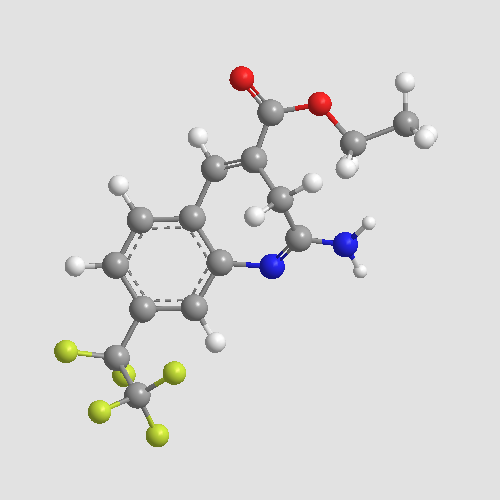 A3881 Toll-like receptor modulatorSummary: TLR antagonist
A3881 Toll-like receptor modulatorSummary: TLR antagonist

